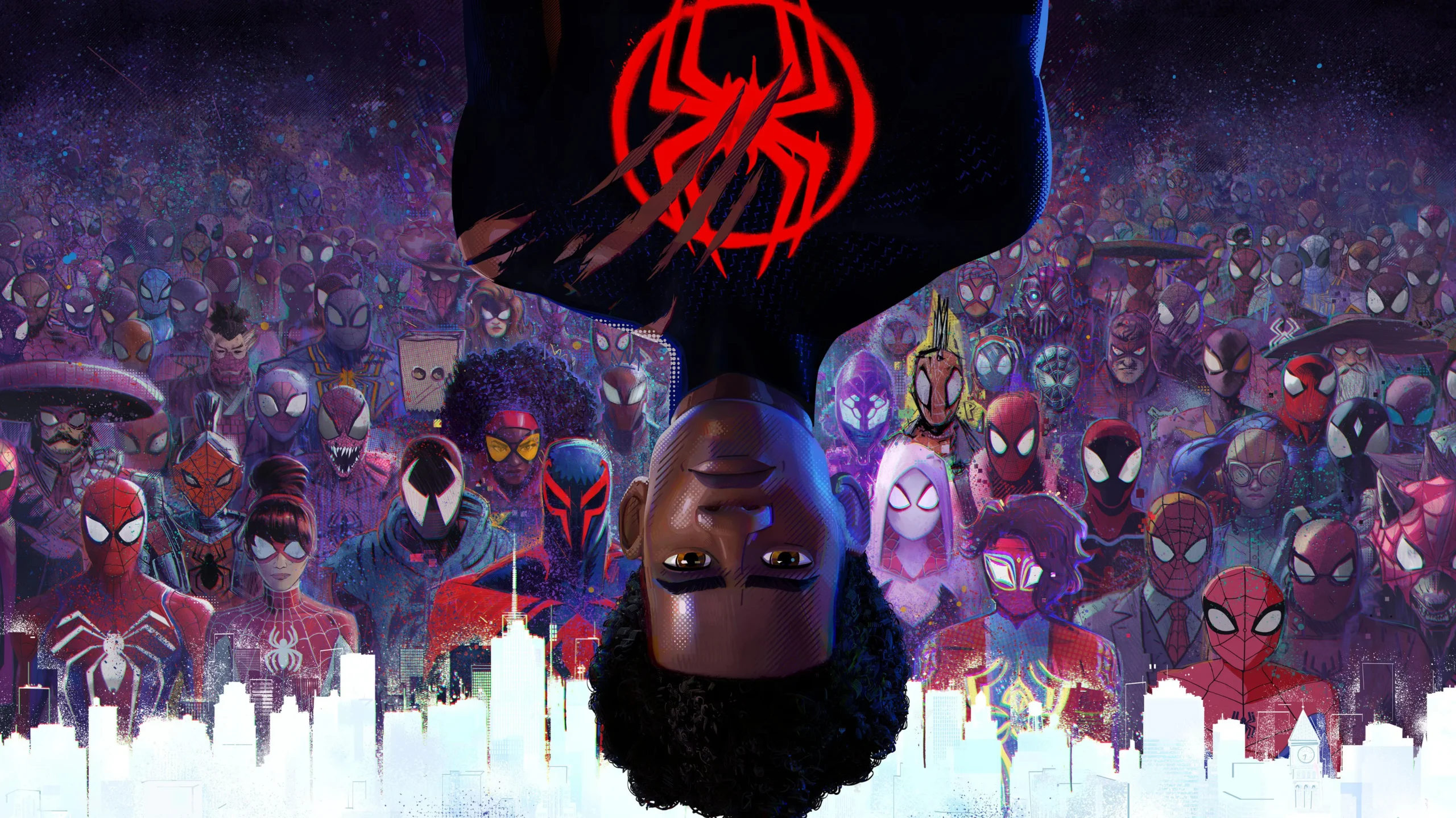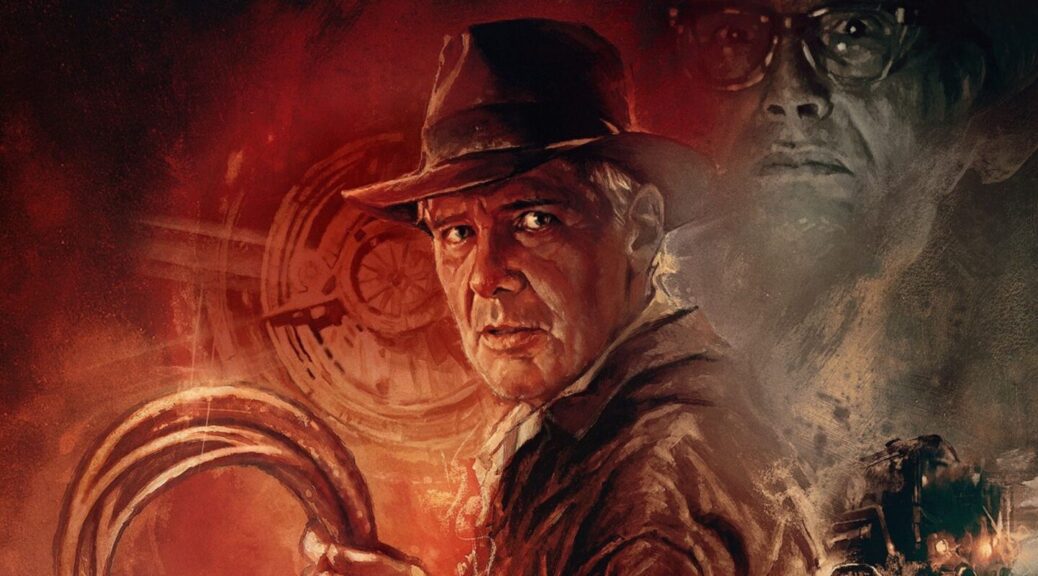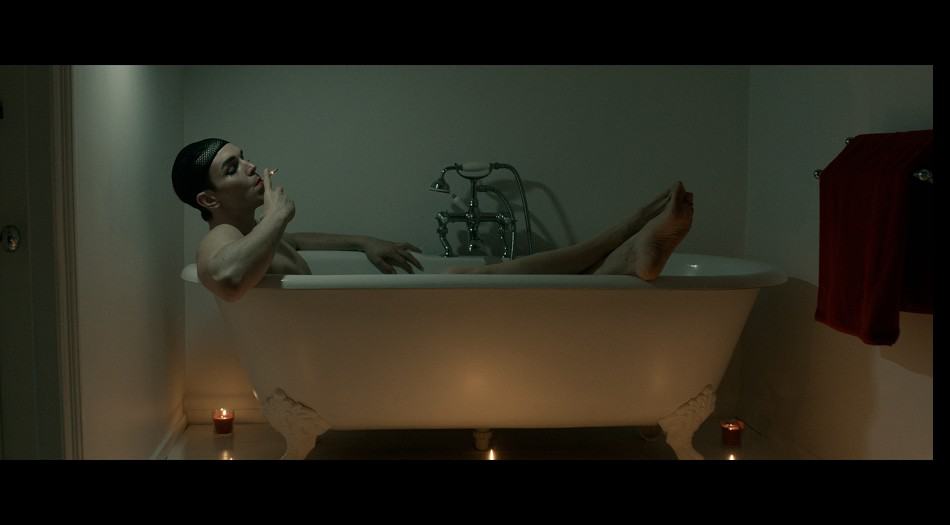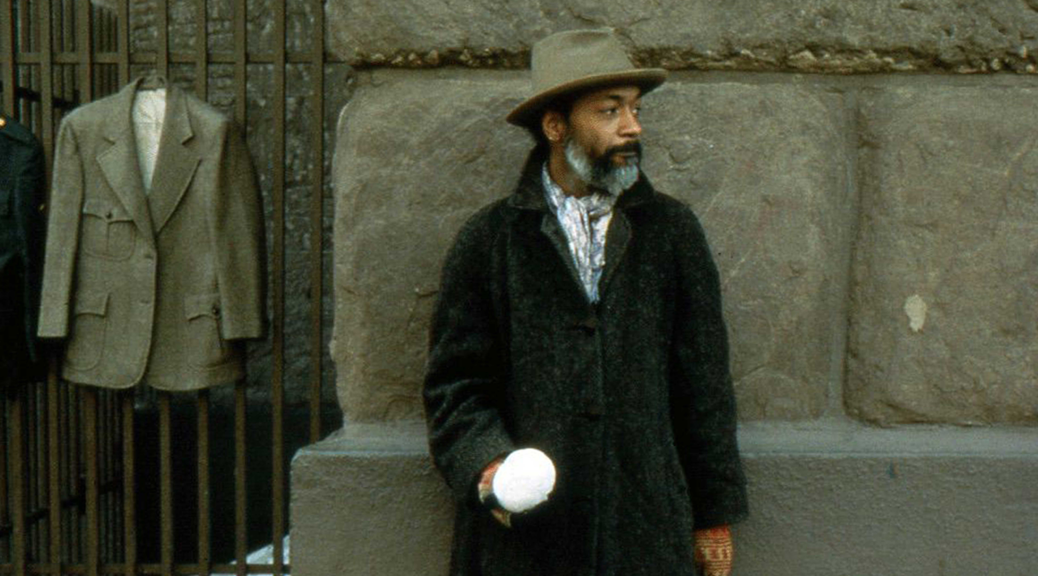by Hope Madden and George Wolf
How is this year half over?! Well, whether we want to believe it or not, it is. That means a look back at the movies that most impressed us over the course of the first six months. Here, in alphabetical order, are our favorites.
Air
If you still need proof that Ben Affleck is a damn fine director, you’ll find it, right down to how he frames the multiple telephone conversations. But the real surprise here is the script. In a truly sparkling debut, writer Alex Convery brings history to life with an assured commitment to character.
And much like his success with the Oscar-winning Argo, Affleck proves adept at a pace and structure that wrings tension from an outcome we already know. In fact, he goes one better this time, inserting archival footage that actually reminds us of how this all turned out, before leaving Mrs. Jordan’s final ultimatum hanging in the air like a levitating slam from Michael.
Asteroid City
As is so often the case, director Wes Anderson, writing again with Roman Coppola, painstakingly creates a world – colorful, peculiar, emotionally tight lipped – brimming with characters (equally colorful, peculiar and emotionally tight-lipped). Brimming. About 50 speaking characters stand or sit precisely on their mark, perfectly framed, each one doing their all to keep chaos at bay.
The wordplay is succinct and witty per usual, dancing through themes of science, art, and Cold War paranoia. But while Anderson’s last film, The French Dispatch, left its procession of indelibly offbeat characters to fend for themselves, this time they’re connected with the sterile humanity that buoys the best of his work.
Blackberry
So, a voice on the line says, “You have a collect call from ‘What the f%& is happening’!”
That’s not really the caller’s name.
He’s actually Jim Balsillie (a terrific Glenn Howerton), co-CEO of BlackBerry Limited, and he’s having yet another temper tantrum. The pairing of Balsillie’s bare-knuckled business sense with the tech genius of other CEO Mike Lazaridis (Jay Baruchel, perfectly awkward) made the company an early leader in the cell phone game, but things have started to unravel. Fast.
The colliding of worlds is engaging enough, but the delightfully sharp humor and first-rate ensemble (also including Michael Ironside) turn these based on true events into a rollicking, can’t-look-away slice of history.
John Wick: Chapter 4
Chapter 4 is not just more of what makes the series memorable, it’s better: better action, better cinematography, better fight choreography, better framing and shot selection. Sandwiched between inspired carnage are brief moments of exposition set within sumptuous visions of luxury and decadence. This movie is absolutely gorgeous.
One of the reasons each episode of this franchise surpasses the last is that the franchise is not exactly about John Wick. It’s a love letter to a canon, a song about the entire history of onscreen assassins and their honorable, meticulous action. Genre legends arrive and we accept a backstory that isn’t detailed or necessary because the actors carry their cinematic history with them, and that’s backstory enough.
It’s hard to believe it took this many sequels to get us to John Wick v Donnie Yen, but it was worth the wait.
Linoleum
If you haven’t gotten to know filmmaker Colin West, it’s high time you correct that. The writer/director follows up last year’s surreal Christmas haunting Double Walker with a beautiful look at living a fantastic life.
The effortlessly affable Jim Gaffigan plays Cameron, an astronomer in suburban Dayton, Ohio hitting a very rocky path in his middle age. The kiddie show about science that he hosts is failing. Maybe his marriage is, too. New neighbors, a mysterious woman, and increasingly bizarre events have got him wondering. What does it all mean?
Return to Seoul
In Return to Seoul (Retour à Séoul), a trip “home” becomes a catalyst for one woman’s search for identity, as director and co-writer Davy Chou crafts a relentlessly engrossing study of character and culture.
In her screen debut, Park Ji-min is simply a revelation. Her experience as a visual artist clearly assists Park in realizing how to challenge the camera in a transfixing manner that implores us not to give up on her character. Her Freddie is carrying a soul-deep wound and pushes people away with a sometimes casual cruelty, but Park always grounds her with humanity and restraint.
Freddie begins to embody the typhoon that pushed her toward this journey of self, and Return to Seoul becomes an always defiant, sometimes bristling march to emotional release. And when that release comes, it is a rich and moving reward for a filmmaker, a performer, and all who choose to follow.
Showing Up
Visual poet of the day-to-day Kelly Reichardt returns to screens with a look at art as well as craft in her dramedy, Showing Up.
Michelle Williams is characteristically amazing, her performance as much a piece of physical acting as verbal. You know Lizzy by looking at her, at the way she stands, the way she responds to requests for coffee or work, the way she reacts to compliments about her work, the way she sighs. Williams’s performance is as much in what she does not say as what she does, and the honesty in that performance generates most of the film’s comic moments.
Chau knocks it out of the park yet again, and like Williams, she presents the character of Jo as much in her physical action as in her dialog. The chemistry between the two is truly amazing, simultaneously combative and accepting, or maybe just resigned to each other.
Like Nicole Holofcener and Claire Denis, Reichardt invests her attention in the small moments rather than delivering a tidy, obvious structure. The result feels messy, like life, with lengths of anxiety and unease punctuated by small triumphs.
Sisu
Is there anything in all the world more satisfying than watching Nazis die? Perhaps not. Jalmari Helander, the genius behind 2010’s exceptional holiday horror Rare Exports, squeezes a lovechild from Leone and Peckinpah by way of Tarantino (natch). The result, Sisu, a kind of WWII-era Scandinavian John Wick.
Helander’s confident vision meshes majestically with the cinematography of Kjell Lagerroos, capturing the lonesome beauty of Lapland in one minute, the next minute bursting with the frenetic energy and viscera of action. The stunt choreography and editing in the dizzying array of carnage-laden set pieces are breathtaking. Knives, guns, fisticuffs, tank fire, regular fire, land mines, a hanging, airplanes – a seemingly endless string of magnificently crafted violent action keeps the pace breathless.
Clocking in at just 91 minutes, Sisu is perfectly lean, relentlessly mean, and consistently satisfying at every blood-soaked turn.
Spider-Man: Across the Spider-Verse
A reminder that multiverse films can, indeed, be made well, this story is wild but never illogical, delivering a heady balance of quantum physics, Jungian psychology and pop culture homages while rarely feeling like a self-congratulatory explosion of capitalism. Heart strings are tugged, and it helps if you’ve seen the previous installment. (If you haven’t, that’s on you, man. Rectify that situation immediately.)
A star studded voice cast shines, but that wattage is almost outshone by the animation. Every conceivable style, melding one scene to the next, bringing conflict, love and heroism to startling, vivid, utterly gorgeous life.
If there is a drawback (and judging the reaction of some of the youngsters in my screening, there may be), it’s that Across the Spider-Verse is a cliffhanger. If you’re cool with an amazing second act in a three-story arc (The Empire Strikes Back, The Two Towers), you’ll probably be OK with it. Maybe warn your kids, but don’t let it dissuade you from taking in this animated glory on the biggest screen you can find.
You Hurt My Feelings
One of filmmaker Nicole Holofcener’s great talents is acknowledging within a film that there is no reason to feel for her characters, and then making you feel for the characters. She’s a master of the relatable if tedious angst of the privileged. In her hands, these primarily insignificant tensions are humanized and often hilarious.
Julia Louis-Dreyfus, who was so magnificently flawed and empathetic in Holofcener’s 2013 film Enough Said, stars as Beth, a novelist. Well, she wants to be a novelist, but her memoir only did OK and now her agent doesn’t seem that thrilled with her first ever novel. Maybe it sucks?
No, supportive-to-a-fault husband and psychologist Don (Tobias Menzies) assures her. But secretly, honestly, maybe that’s not how he feels.
Thanks to these two excellent performances the filmmaker delivers her finest moments, creating a lived-in world, a true microcosm that pokes fun at our insecurities and the little white lies that keep us happy.














